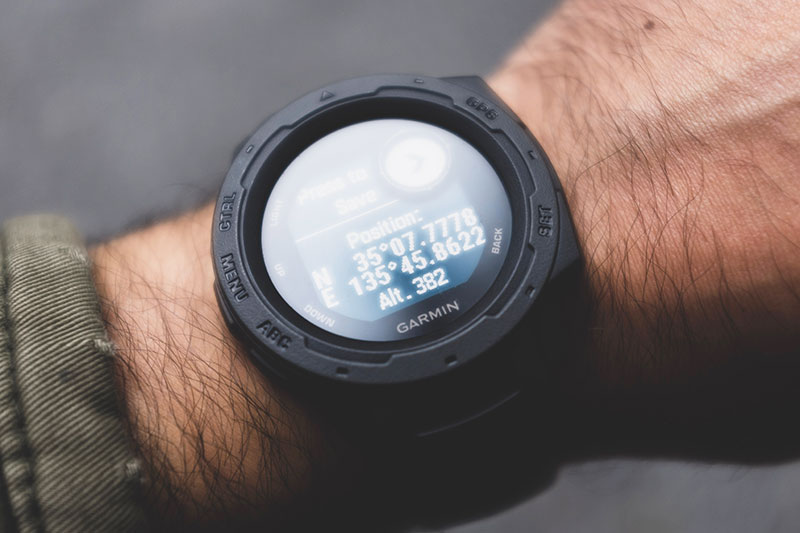KBC has become the first bank-insurer in Belgium to offer their customers payments via wearables like smartwatches, bracelets, key fobs, or smart rings. The payments are processed, managed, validated, and routed by equensWorldline.
“Contactless payment is taking off right now. During the recent coronavirus lockdown, Belgians have been reaching increasingly for their cards and smartphones. After all, contactless payment is an extremely secure and hygienic way to pay for purchases. And making contactless payments using a wearable is even more convenient,” KBC says on its website.
Towards the end of 2018, KBC called for customers to take part in a year-long pilot project to test this innovative way of paying. Over 10 000 KBC customers expressed an interest, of whom 1000 eventually spent a year using a wearable – a fashionable accessory such as a ring, bracelet, watch or keyring – fitted with the same technology as a contactless payment card. That wearable was linked to their KBC Debit Card.
Read more Keyble – The World’s First Wearable With Fingerprint Authentication for Contactless Payments
Karin Van Hoecke, General Manager for Digital Transformation, KBC Belgium, explains the decision:
“We were very pleasantly surprised by the number of enthusiastic volunteers who came forward at the beginning of the pilot to test payment with a watch, ring, keyring or bracelet. We regularly questioned the 1 000 customers who took part in the pilot about their experiences, so that we could make minor adjustments. What we learned from this was that the wearable you use to make payments needs to match your personal style.”

Ivo De Meersman, General Manager for Payments & Cards, KBC Belgium, adds:
“We’re proud to be the first bank in Belgium able to offer this new payment method to our customers. It was a challenging project that could only succeed thanks to the great cooperation with BPC (BancontactPayconiqCompany), Digiseq, equensWorldline, Fidesmo, Mastercard, and Thales. Everybody concerned worked hard to maximize the ease of use that was already clear during the pilot. A new element compared to the pilot is that Bancontact payments are now also possible with a wearable as well as Maestro payments. Once a customer has linked the wearable to their debit card, they can leave the card at home and pay everywhere using a wearable that matches their personality. A lot of hard work has gone into perfecting this technique, but it was equally important for our customers to be able to choose straight away from a varied range of wearables to match everyone’s tastes and budget. We also identified several attractive partners in this growing market to enable us to offer a comprehensive selection.”
Read more Dutch Bank ABN Amro Introduces Wearable Payments on Smartwatches, Rings, and Bracelets
Some interesting findings from the pilot project
- Rings, smartwatches (Fitbit, Garmin) and keyrings came out as the most convenient wearables. 34% of users preferred the ring, 21% the smartwatch and 18% the keyring.
- 6 out of 10 pilot users had the wearable with them almost always. Half of the users considered convenience to be the most important advantage.
- 2 out of 3 pilot users said they would certainly or probably consider buying a wearable in the future.
- Over half would firmly recommend a wearable to relatives and friends.
- The final survey of the pilot users found that the debit card was their most commonly used means of payment, with the wearable in second place and cash bringing up the rear.












